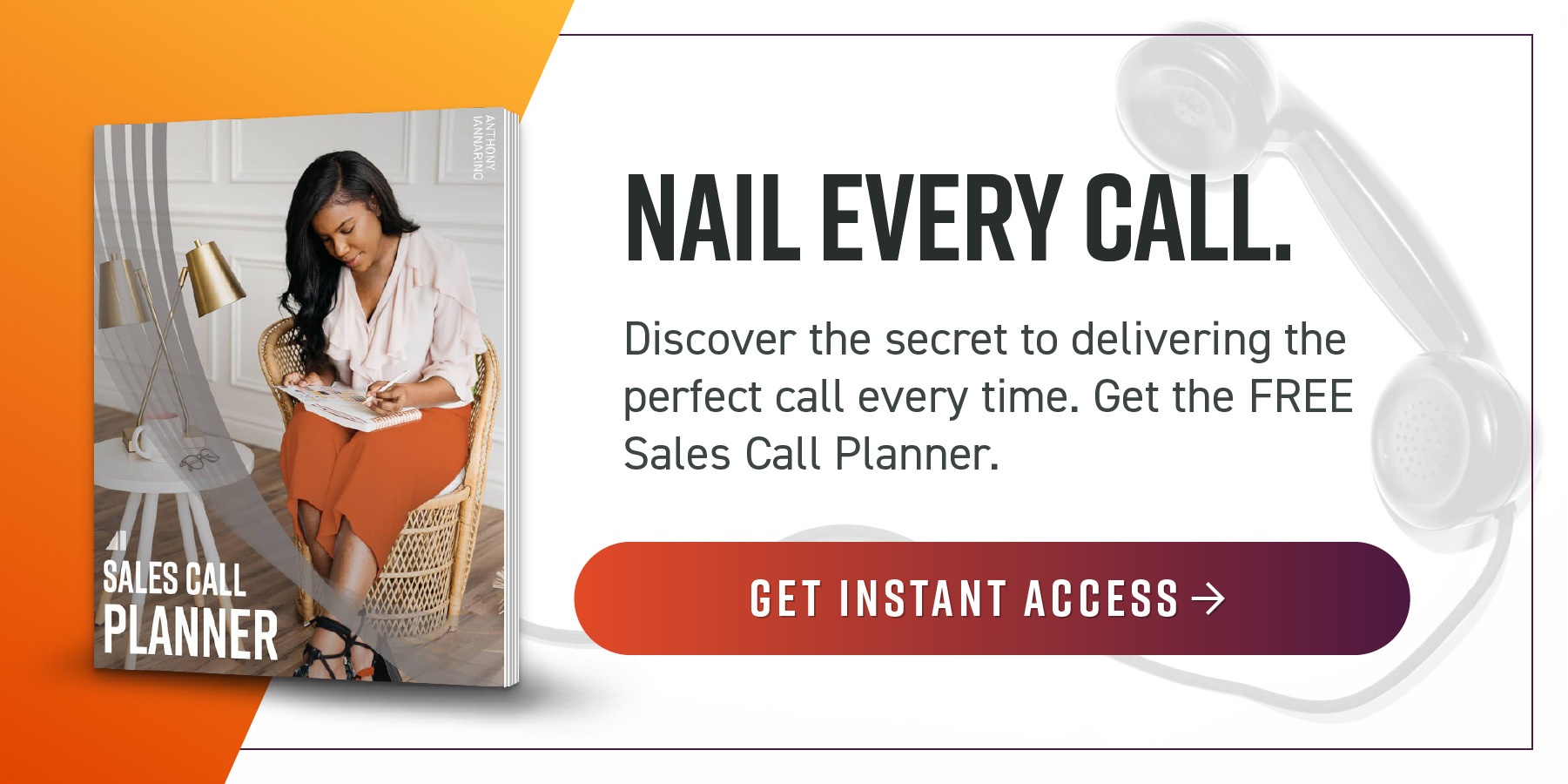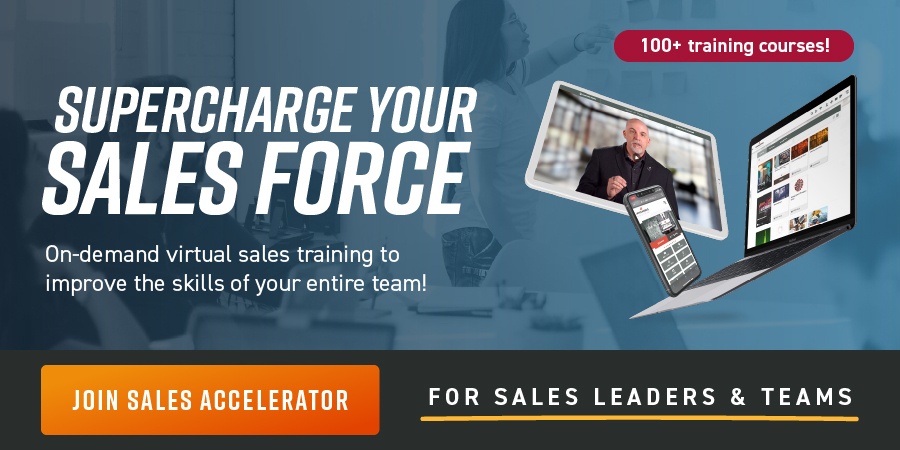The strategies you might use when pursuing a small or average-sized company cannot help you win large clients. These large clients have greater needs, spend more money, and meet with multiple sales organizations. These competitive sales scenarios are difficult to win, but they are game changers. Winning one enterprise-level deal can retire your quota for the year. Sales organizations that pursue growth need to create new opportunities with high revenue potential. Without these opportunities, your revenue can stall.
My experience in sales was, and is, winning enterprise-level deals with companies like The Limited, Victoria’s Secret, and Coca-Cola. I have also won some of the largest distribution companies, like DHL and a major food manufacturer.
In this article, we will start by researching and preparing to pursue your dream clients. We will look next at building relationships with buyers and decision-makers. From there we’ll look at crafting the proposal, negotiating the deal, following up, and using new sales strategies for closing the deal.
Research and Preparation
In an enterprise-level deal, effective selling requires that you already know your large client’s problems. Recognizing your role as an expert and authority needs to drive your B2B sales process. This is how you sit at the big conference room table.
If you sell to SMBs (small and medium-sized businesses), you likely have many small clients, making it difficult to research every prospect. By contrast, generally, there is a lot of public information about large companies, especially if they are registered on an exchange, like Nasdaq.
You don’t have to be an analyst to research your prospective clients. Go to the company’s website and download the PDF of their most recent annual report. First, read the chairman’s letter to get a sense of what their priorities are. You are looking for a connection that would allow you to explain how you can help with what leadership already wants.
In any publicly traded company’s report, you will find a section on risk. This identifies the things that might derail the company’s plans and, because it is required by law, the contents tend to be well documented. If you have a big public company you are targeting, go and do this now.
In 2022 I published Elite Sales Strategies: A Guide to Being One-Up, Creating Value, and Becoming Truly Consultative. I wrote about why B2B sales reps need to be experts and authorities to win big deals. You not only need to research your target client’s competitors, but you must also research their industry.
Should you find yourself sitting across from people from the C-suite, you will be challenged. This is the nature of enterprise deals. You will win enterprise-level sales with executive-level engagement. If you are pursuing an enterprise-level deal, it’s likely you have ZoomInfo, making it easy for you to look up contacts and their contact information. Even though you have good tools, still visit LinkedIn and read their profile.
Building Relationships
For the past couple of years, I have been writing about a type of rapport around business. This business rapport is important to effective selling. In some rooms, starting with personal rapport will identify you as a time waster.
Don’t be surprised when an executive asks you questions about your business model or what you know about their business. Some of the B2B sales strategies and sales techniques for building relationships with decision-makers begins by proving you have the business acumen and that you know enough to help them succeed in achieving their strategic outcomes.
You will need to build consensus, as these deals will find you selling to multiple decision-makers in a complex sale. This may be the most difficult challenge of B2B sales, but it also provides several contacts to find an opening to start a conversation. To gain awareness, publish on LinkedIn, sharing only insights and your perspective. At some point, you will need to make a call and get a meeting with someone in your big client’s company.
Crafting the Proposal
There is one way you can botch up your proposal and your presentation. The legacy approach to selling believes that salespeople need to answer “why us,” even though that is something that comes only through creating value in the sales conversation and your contact’s B2B sales experience.
You are better off demonstrating that you understand the target company’s goals and objectives, than showing your decision-makers a pretty picture of your corporate office. Use your proposal to prove you know what they need and how best to improve their results.
You also want to explain how you are making the adjustments that ensure clients at your large client know and believe that your proposal will ensure they succeed. This is one reason leaders ask you about your business model and how you deliver value.
I prefer to open a proposal by talking about the reasons they need to change, reminding them that this is why we spent so much time together, and ensuring they know that I am focused on solving their problems and improving their results. A larger, longer proposal or presentation isn’t a better one. You can always provide additional information without using the time you must present and resolve concerns.
Negotiating the Deal
There are several differences in enterprise-level negotiation. First, your large client will likely require that you are on their paper, meaning you will sign their contract. Second, you are going to find the contact has a lot of language around indemnification, a word you need to know. Finally, you may have to negotiate what your contract requires as an addendum.
You will have some difficult negotiations and some that are easy. Some of the largest companies are easy to negotiate with for pricing if they recognize you will invest more.
Following Up and Closing the Deal
One of the worst changes in B2B sales is the use of digital signing. It was more fun to watch the client sign the contract in ink so you could carry it back to your office. Stay close to your contacts, ensure you resolve any concerns, and if you are not used to asking for the business, ask for the business.
How to Close Enterprise-Level Deals
Start by doing a deeper type of research, building awareness and relationships with your prospective enterprise-level companies. Make certain you have the best understanding of the client’s preferences and what you need to do to get a “yes.” Make certain you never lose alone by engaging your organization in your pursuit.
Use these strategies to work in your sales approach and the right sales methodology and remember you will not win every client you want, but you will win the ones that want you. This means creating greater value through this process.
I hope this outline gives you a good starting point for your blog article on how to close enterprise-level deals. If you have questions or need further assistance, please let me know!













